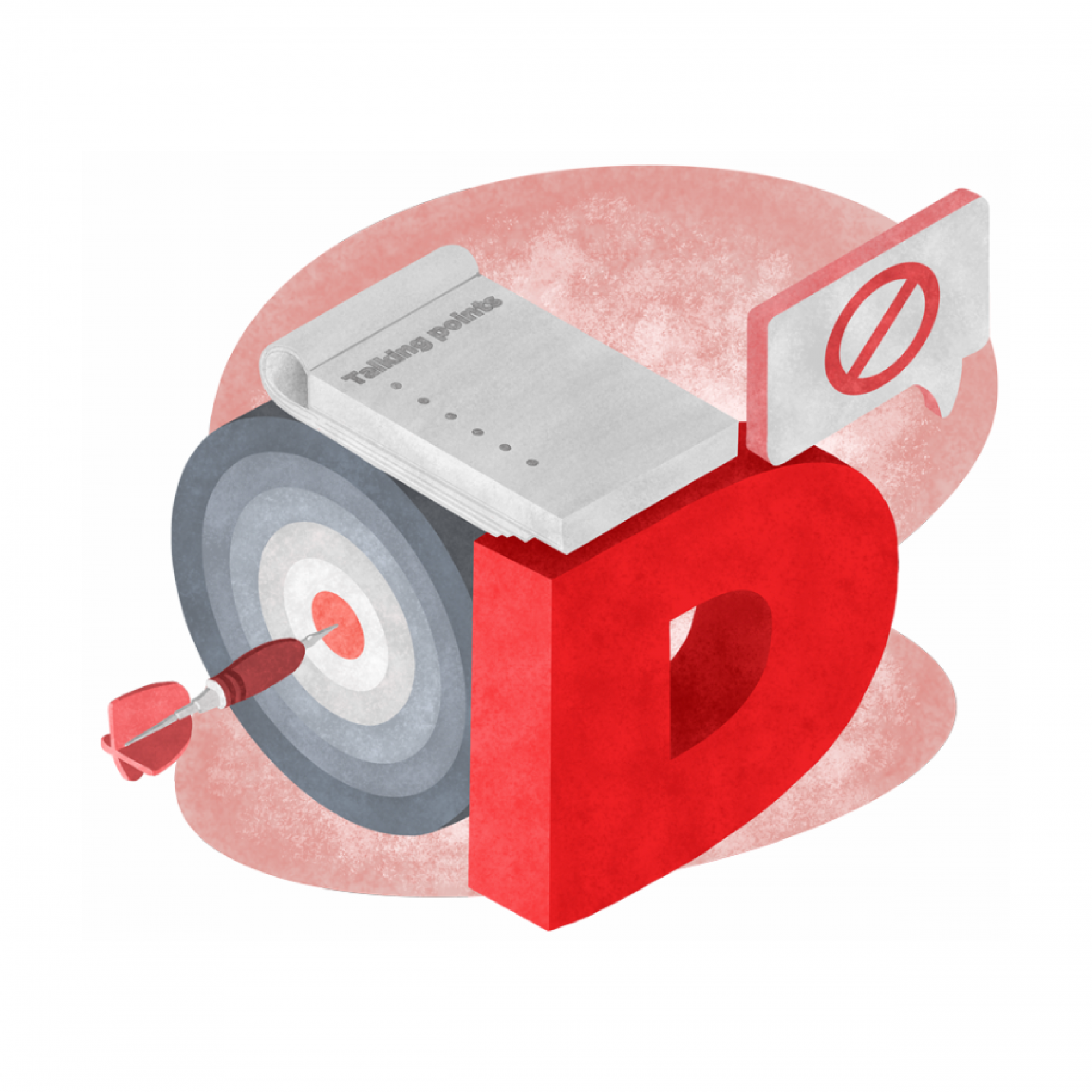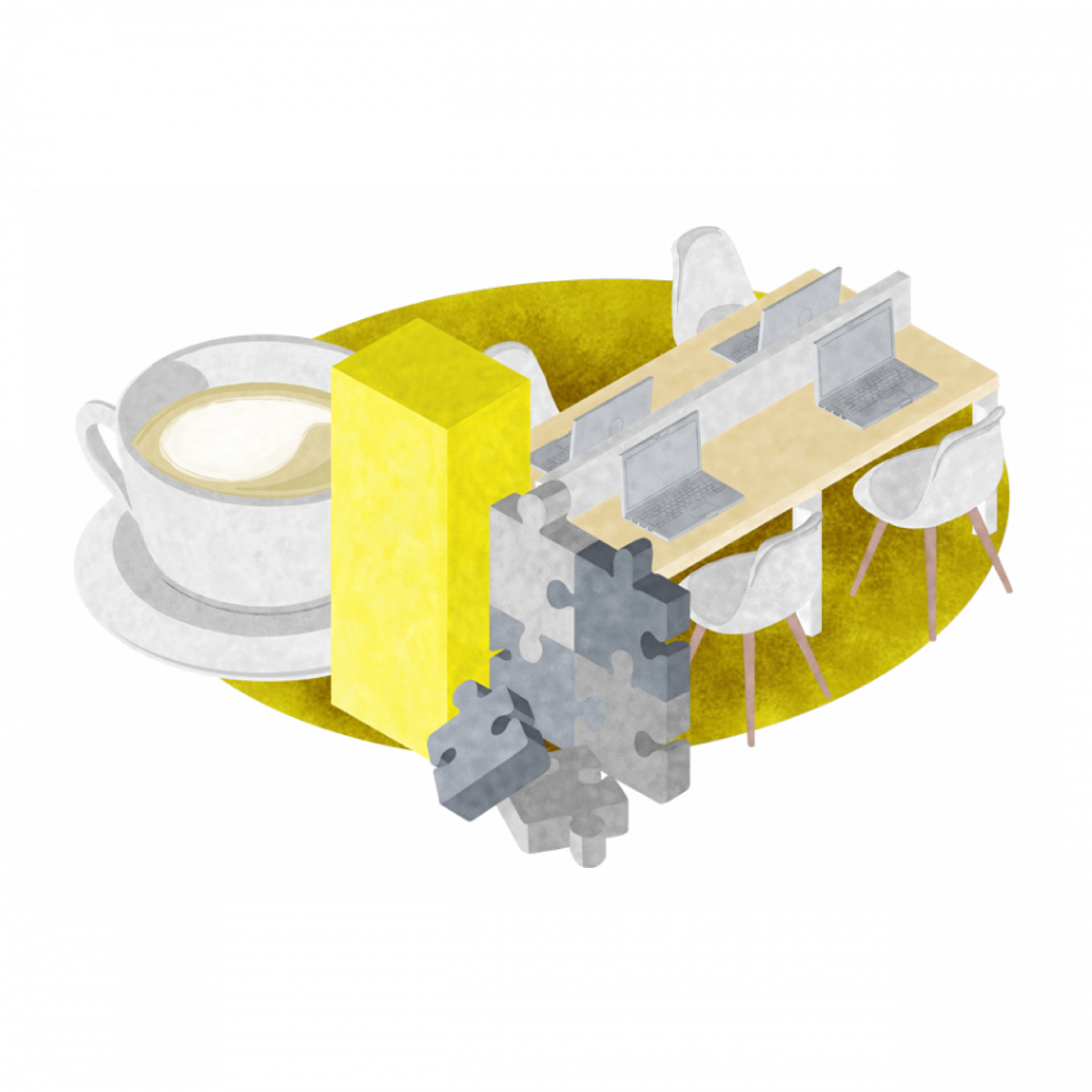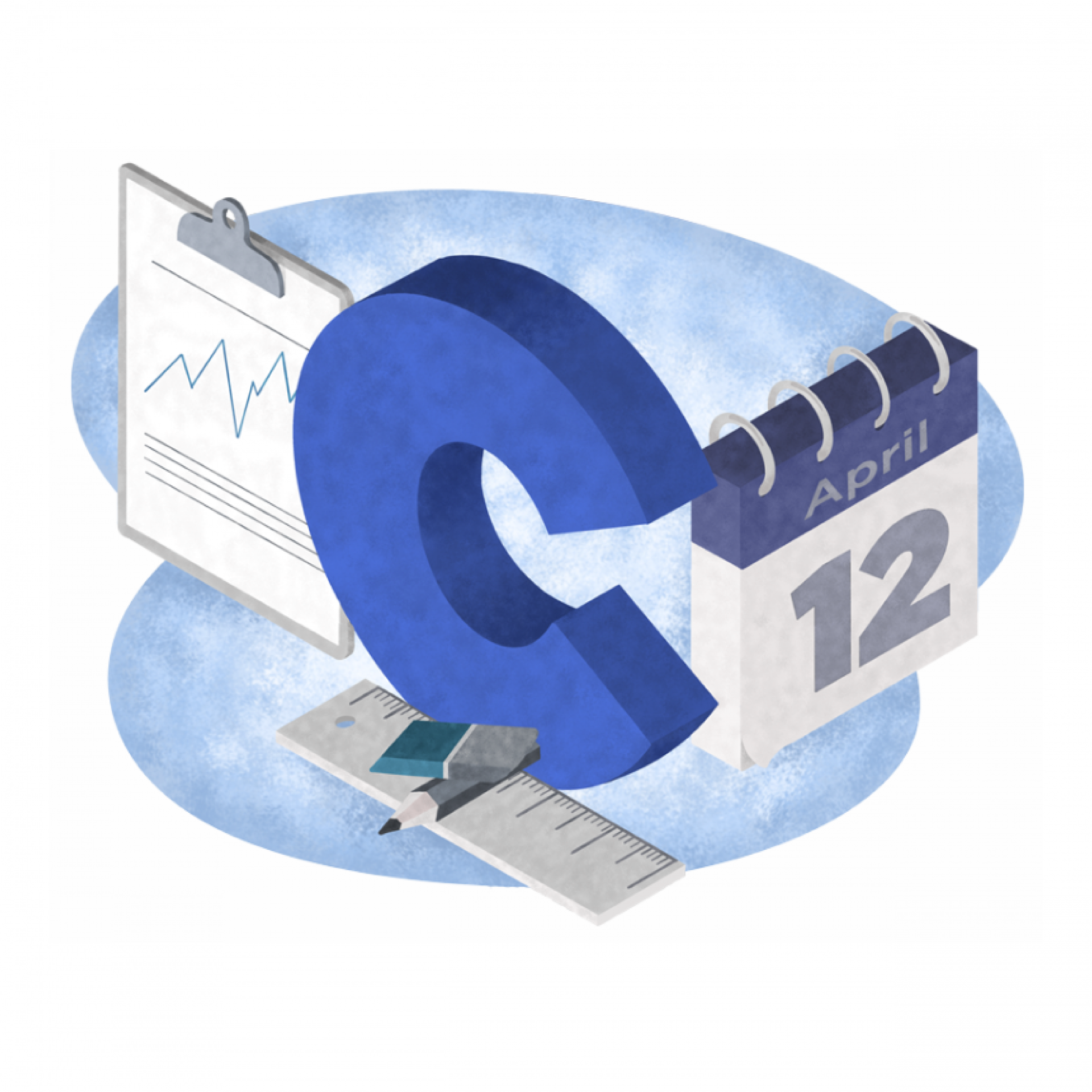
Some people call it an internal struggle. Others call it a “me-me” conflict. I like to call it my personal civil war. Many of us have one (or more) of these internal conflicts and they tend to cause us mental anguish, often on a daily basis.
This “me-me” conflict comes when either primary behaviors or motivators are contradictory to each other and clash. These conflicts make us want to go in more than one direction at the same time, creating internal discord. Learning to manage these internal conflicts is necessary in order for us to maintain our sanity, let alone be productive.
Many of us have one (or more) of these internal conflicts and they tend to cause us mental anguish, often on a daily basis.
These conflicts explain why some people want to win the lottery but won’t buy a ticket. Or, why others who pledge to get in shape in the morning are spotted at the donut shop and fast food restaurant by lunchtime. With these opposing mental forces pushing and pulling us in different directions, we often concede to the behavior or driver that is strongest.
Understanding behavior
Based on the behavioral science known as DISC, there are four very different and unique behavior styles, Dominance, Influence, Steadiness and Compliance. Nearly all of us have one factor that has a stronger intensity than the others, making it our primary behavioral style.
Dominance refers to how people address problems and challenges. A high-D usually embraces challenges and places a high value on hitting goals. Whereas, a low-D is cautious and calculating when dealing with conflict or challenges.
Influence refers to people and contacts. A high-I is often seen as a people-oriented communicator and an optimistic team player. Someone with a low-I style, may excel behind the scenes and preferring to work alone.
Steadiness refers to a person’s pace and consistency. A high-S is composed and resistant to change, wanting to focus on one task at a time. On the flip side, a low-S may have an impatient and impulsive nature and enjoy multi-tasking.
Compliance refers to how people respond to procedures and constraints. A high-C style is a conscientious perfectionist. High-C’s think very systematically and make calculated decisions based on detailed facts. Yet a low-C can be opinionated and unsystematic, not always based on facts.
Behavioral conflicts
As a high-D with an extremely low-S, I tend to focus on completing tasks in record time. The low-S indicates a need for speed, that, coupled with my high-D, means I love to dive into things quickly and I am eager to drive for results, which can make me impatient.
When I am editing my blogs, I raise my C to focus on my attention-to-detail. Doing so slows me down tremendously, to ensure that every word is the right word in the right context, placed in the proper tense and spelled correctly. Since I don’t believe in Spellcheck, maintaining a laser focus is essential to execute the editing. (Yes, the “e-based” alliteration was by design, another factor that requires a very specific focus.)
Making myself slow down and focus on such minute details conflicts with both my desire to complete my project (high-D) and my need to do it quickly (high-S). Therein lies the conflict.
Understanding motivators
Motivators are the things that make us get out of bed and do the things we do, day in and day out. These are the why behind our behaviors.
When viewed through the science known as 12 Driving Forces®, there are six key areas that each possess two distinct drivers or different motivations that impact your decisions. These six areas on which the drivers are based around are knowledge, utility, surroundings, others, power and methodologies.
Motivators are the things that make us get out of bed and do the things we do, day in and day out.
Motivator conflicts
Resourceful vs. Harmonious
Conflicts can abound within the Driving Forces. For me, my biggest conflict occurs between two of my strongest drivers, known as Resourceful and Harmonious. Harmonious speaks to enjoying the experience, living in the moment and having balance in one’s surroundings. Resourceful speaks to driven by maximizing efficiency and returns for investments of time, energy and resources.
While Harmonious indicates that I want the space I occupy to be visually appealing, it costs money to beautify one’s surroundings. My Resourceful driver often feels like “luxuries” such as nice living spaces isn’t maximizing my resources. Thus, a conflict arises.
These same two drivers do battle anytime I want to plan a vacation. Creating memories by traveling to exotic lands are something that I truly enjoy because my Harmonious driver craves this. My Resourceful driver, however, has a hard time justifying spending thousands of dollars on a week or less of enjoyment, money that could be “maximized” better paying off the car, house or credit card bills.
Harmonious vs. Receptive
The Harmonious driver also conflicts with another one of my leading drivers, my Receptive driver. This speaks to me driven by new ideas, methods and opportunities that fall outside a defined system of living. Simply stated, it means I like to try new things. Sometimes, however, when I begin to juggle too many different things at once, it negatively affects my Harmonious making me not “enjoy the moment” and ultimately resulting in increased stress.
Behavior and motivator conflicts
The “civil wars” don’t just happen inside the realm of behaviors and motivators exclusively. There can be crossover conflicts, as well.
High-D vs. Harmonious drive
For example, my high-D behavior that focuses on results is often in competition with my Harmonious driver which likes unity and balance in my surroundings and relationships. Often, it’s hard to achieve balance when you are up against deadlines trying to get results.
The “civil wars” don’t just happen inside the realm of behaviors and motivators exclusively. There can be crossover conflicts, as well.
High-C vs. Harmonious drive
Conversely, when I raise my C in editing mode, it sometimes also conflicts with my Harmonious driver. Case in point, the chorus of a song I wrote entitled “Lonely No More.” Music is all about creating something that sounds pleasant to the ear. The chorus of my song contains the words, “I’ll never be lonely no more.”
These words, with the music behind it, flow free and easy and sound exactly as I intended when I wrote the song. But then my adapted high-C kicks in, and reminds me that I have created a double negative that makes no sense grammatically. If being a writer wasn’t my day job, it probably wouldn’t be a big deal. But I am, and knowingly creating something grammatically incorrect makes me feel very uneasy, even if it sounds good.
I fully understand that the song would be grammatically correct if I were to change the line to be “I won’t be lonely anymore” or “I will be lonely no more.” However, my Harmonious will have none of this, because it simply doesn’t sound as pleasant sung with either of these two variations. (Trust me, I’ve tried it, and I hate it.) I wrote this song in 1996 and this internal struggle still bothers me almost daily.
High-I vs. Altruistic & Resourceful drivers
An interesting fact is that while my Influence (people-oriented) behavioral style scores a 93/100, indicating that I’m clearly a people person, I score a 0 on my Altruistic driver. I generally like people and prefer to be around them, especially socially, but I feel no responsibility to fix the world’s people problems. I sometimes feel guilty when I don’t give the homeless guy my spare change, because I am people-centric, but between my lack of Altruism and high Resourceful (wanting to maximize my resources), I ultimately decide to keep that spare change in my pocket.
Conclusion
We all have daily internal conflicts that we have to fight through. Understanding and identifying these issues, especially what they are and how much power they have over us, can be a huge factor in learning how to properly deal with the conflicts. Doing so can help create a little more balance and a little less stress in your life, which can be great, especially if that sort of thing appeals to you.

Download Our Free Hiring Guide.
In this guide, you’ll get access to the seven most important questions to ask when hiring someone. And yes, they go way beyond a basic job description.






